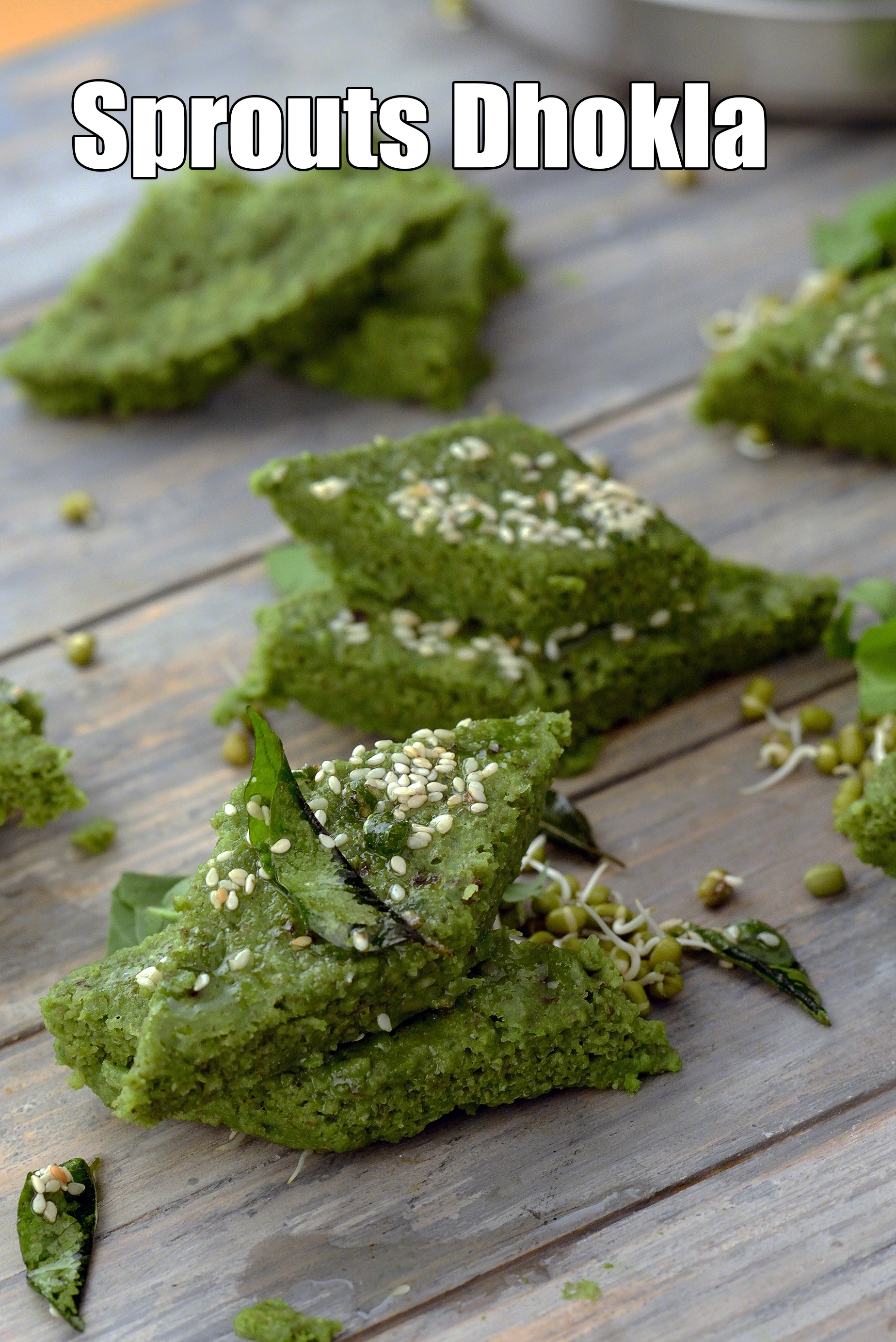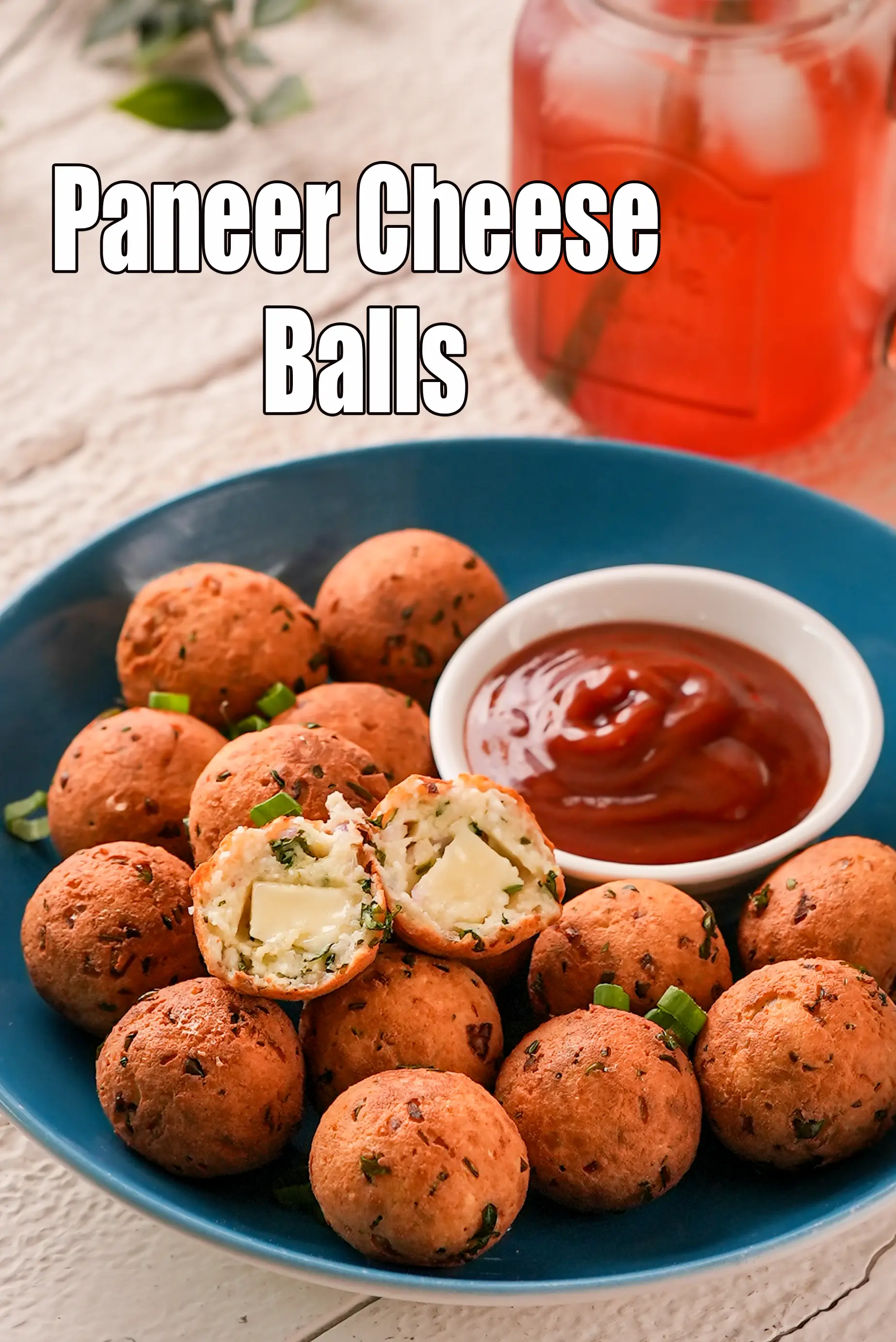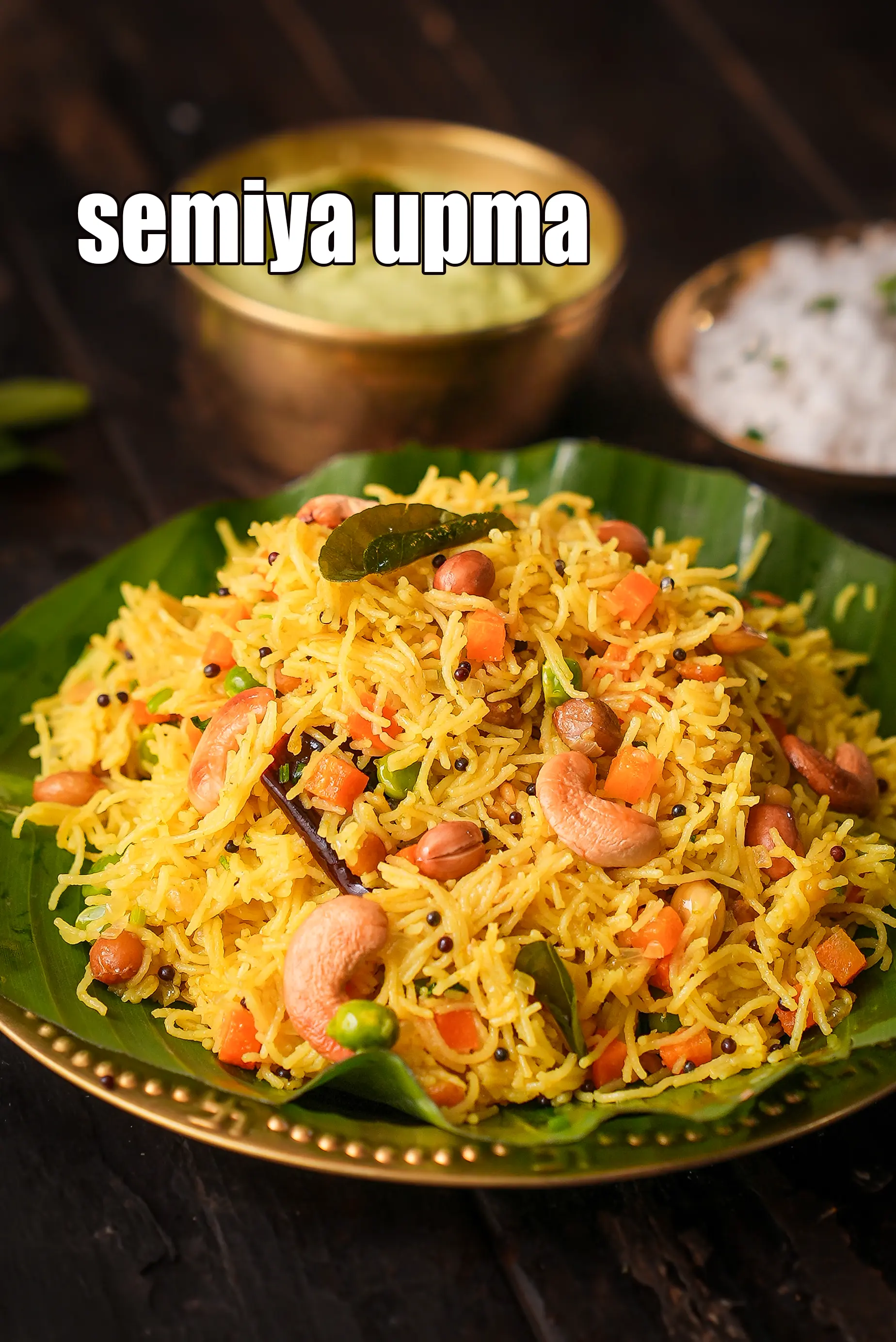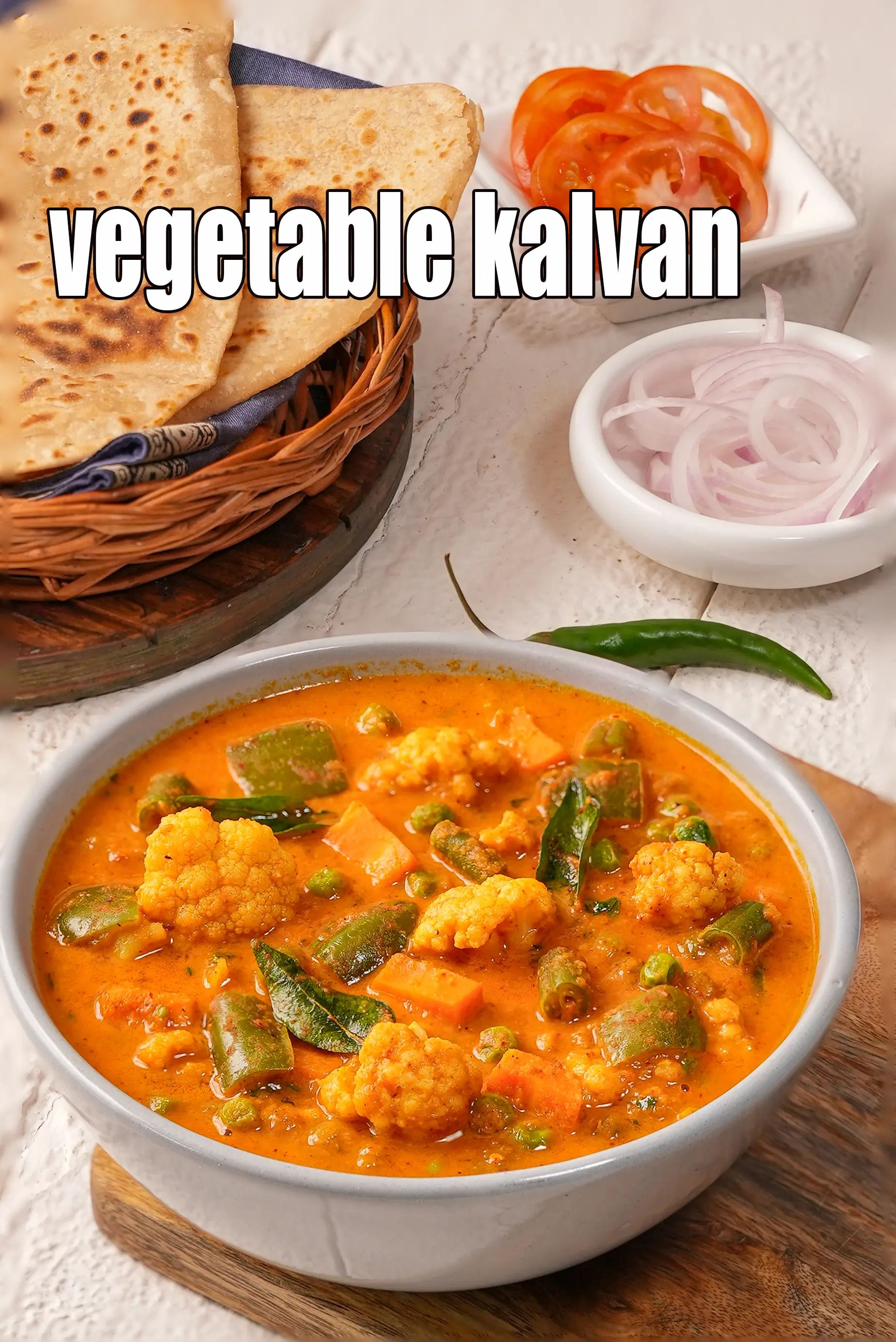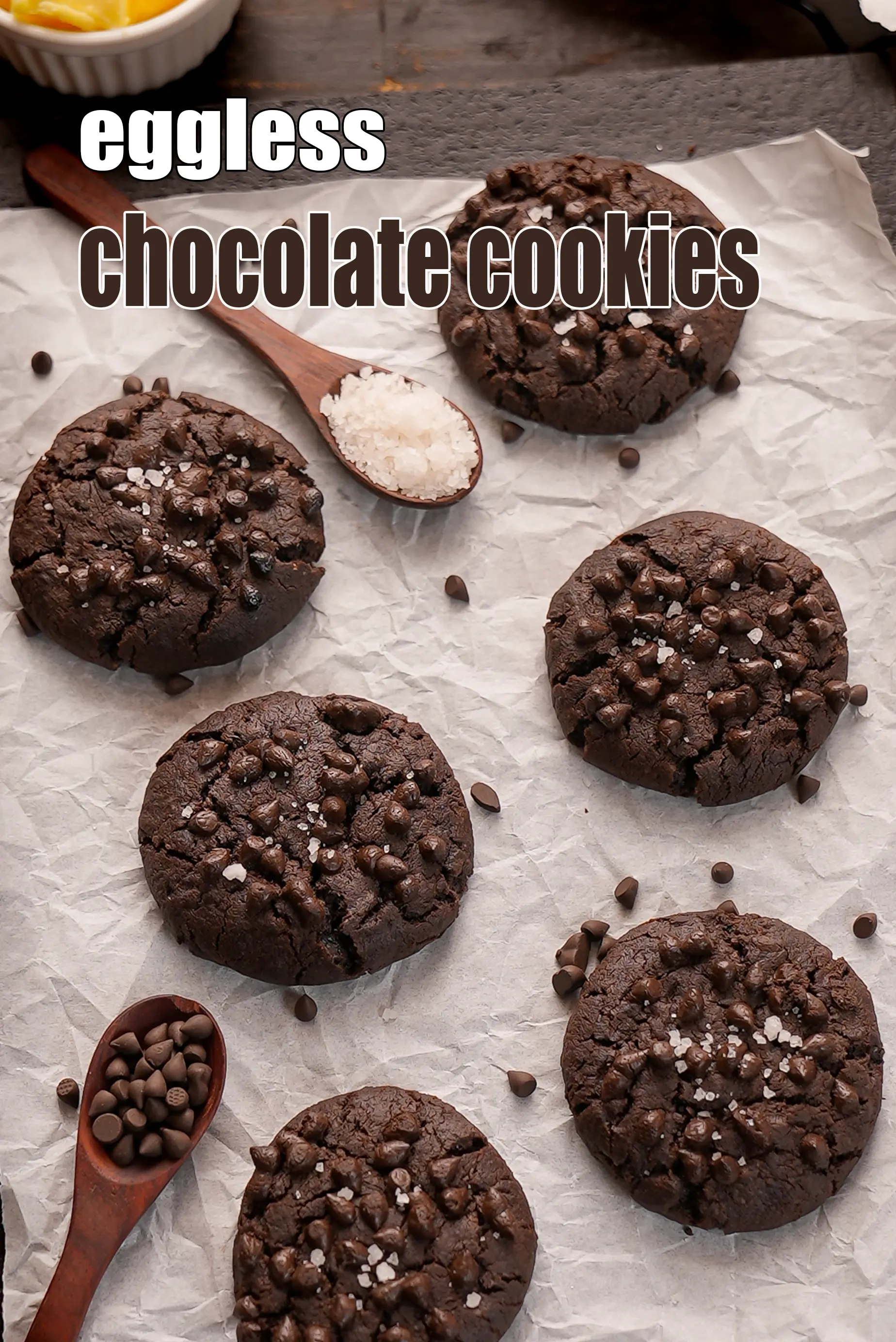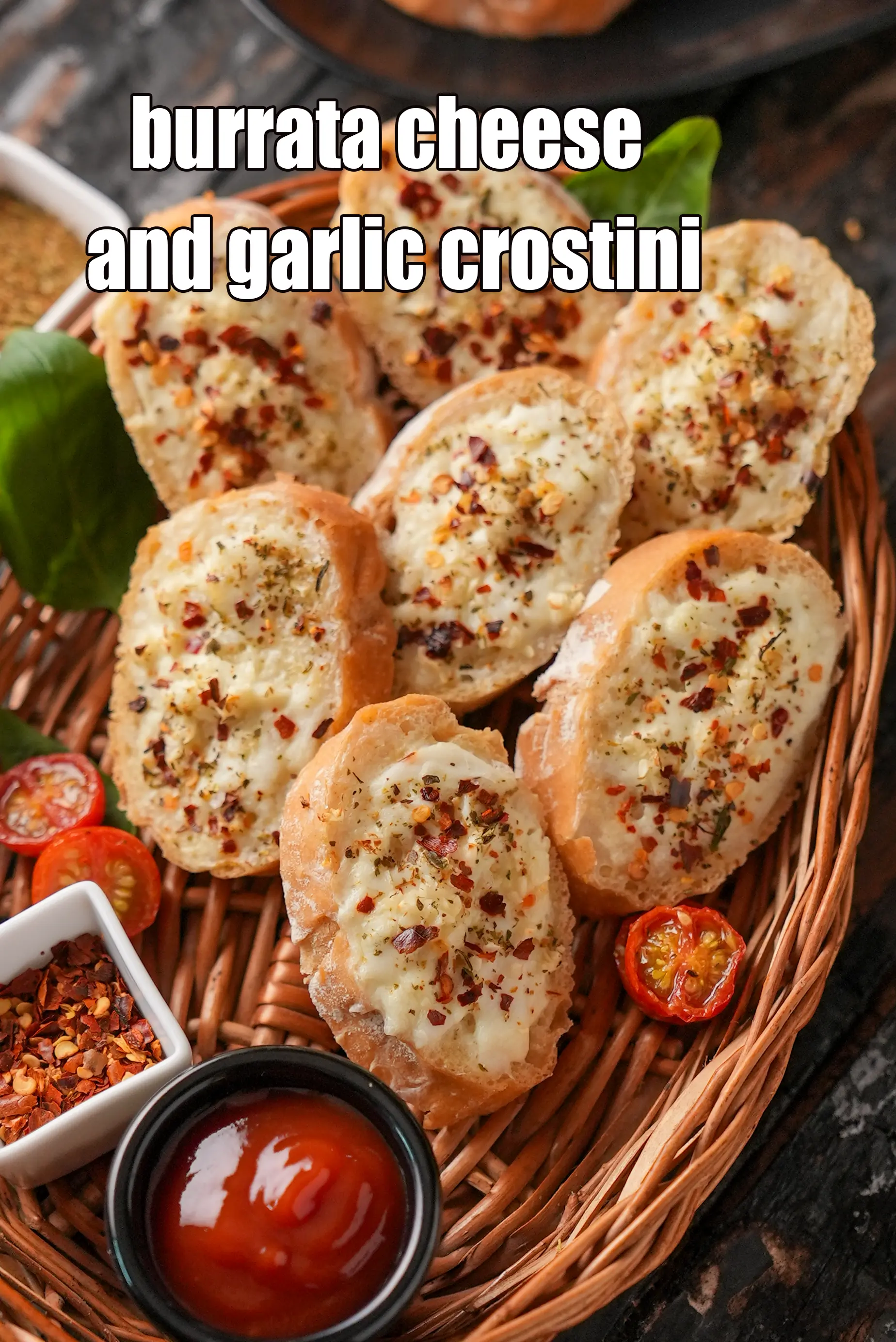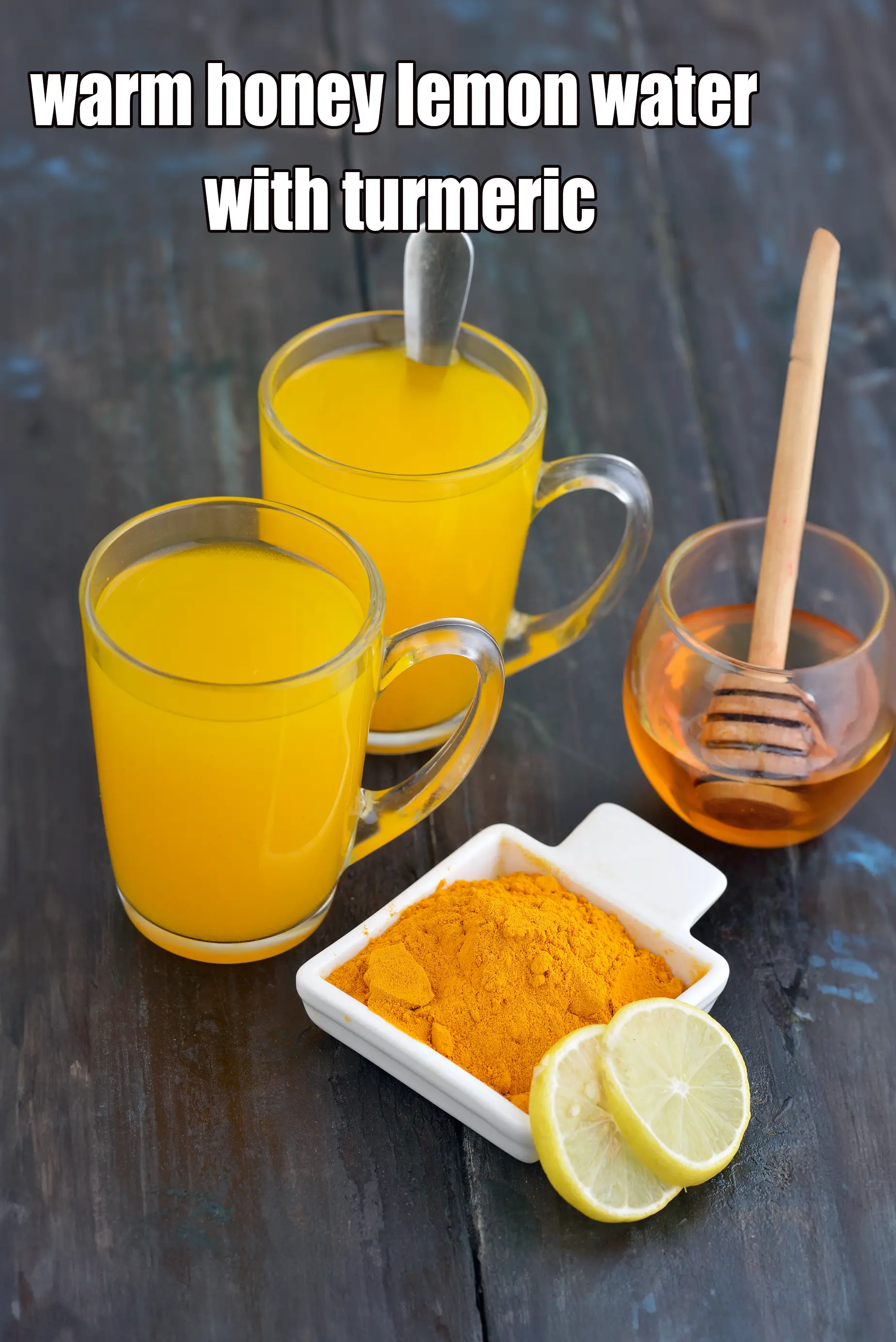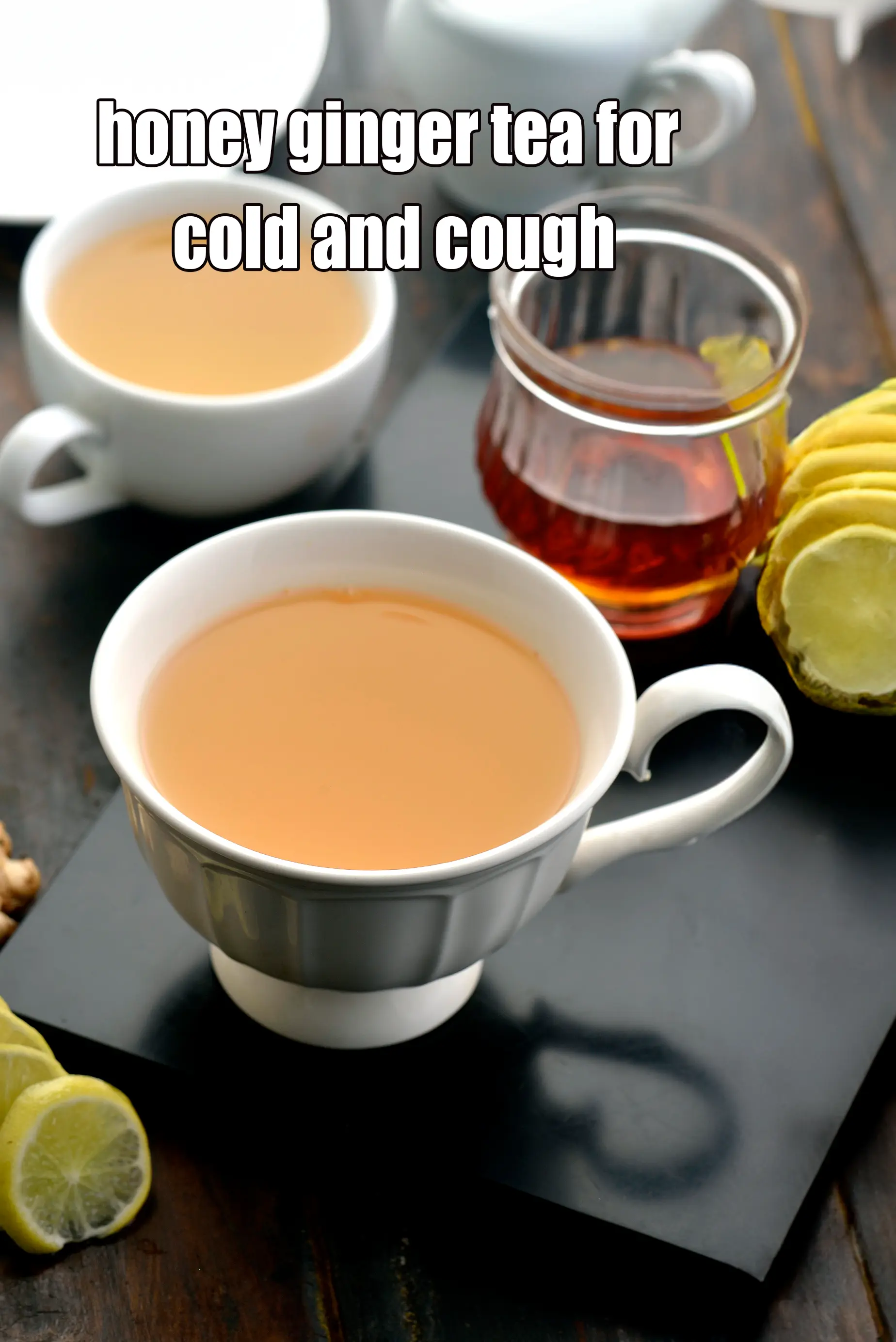Nutritional Facts of Makai Mooli and Methi Paratha, Punjabi Breakfast, Calories in Makai Mooli and Methi Paratha, Punjabi Breakfast
This calorie page has been viewed 6011 times
Table of Content
How many calories does one Makai Mooli and Methi Paratha have?
One Makai Mooli and Methi Paratha gives 116 calories. Out of which carbohydrates comprise 50 calories, proteins account for 5 calories and remaining calories come from fat which is 61 calories. One Makai Mooli and Methi Paratha provides about 6 percent of the total daily calorie requirement of a standard adult diet of 2,000 calories.
Makai Mooli and Methi Paratha makes 6 parathas of 35 grams each.
116 calories for 1 Makai Mooli and Methi Paratha, Punjabi Breakfast, Cholesterol 0 mg, Carbohydrates 12.5g, Protein 1.2g, Fat 7g. Find how much fibre, iron, calcium, zinc, magnesium, phosphorus, sodium, potassium, folic acid is present in Makai Mooli and Methi Paratha, Punjabi Breakfast.
Click here to view Makai Mooli and Methi Paratha recipe | methi mooli makkai roti | makki mooli and methi paratha | with 24 amazing images.
The dazzling combo of methi and mooli makes this makai mooli and methi paratha a super-hit! Learn how to make makai mooli and methi paratha recipe | methi mooli makkai roti | makki mooli and methi paratha |
The Makai Mooli and Methi Paratha is a popular breakfast recipe in the Punjab region. This recipe does not need too many spices to perk up its flavour.
Both radish and fenugreek leaves are ingredients with rare and unique flavours, including a bit of bitterness that is actually pleasing to taste. A little bit of common ingredients to balance the flavour, and that’s it, you have an awesome makki mooli and methi parathato have for breakfast, lunch or dinner.
It can be served simply with curd and pickles. Try other Punjabi Breakfast recipes like Aloo Kulcha or Gobi Paratha.
pro tips to make makai mooli and methi paratha: 1. Use fresh, finely ground maize flour for the best flavor and texture. 2. If you can't find fresh fenugreek leaves, you can substitute it with dried fenugreek leaves. 3. You can add other vegetables to the paratha, such as grated carrots or finely chopped onions. 4. Do not overcook the paratha, or it will become hard.
Is Makai Mooli and Methi Paratha healthy?
Yes, this is healthy. But restrictions apply to some.
Let's understand the Ingredients.
What's good.
1. Maize flour ( makai ka atta) : Maize flour is a carbohydrate rich and energy rich flour loaded with fibre. Cornmeal prevents your blood sugar from shooting up and loaded with Zinc which is necessary for the formation of insulin. Maize flour is a good source of magnesium which is necessary for maintaining a steady heartbeat and normal blood pressure. The fibre binds with the bile salts and throws it out of the body, which helps in reducing the cholesterol from the body and good for heart. Find out is maize flour is healthy and how to make it part of your diet.
2. Mooli (Radish) : Radish has many heart protective nutrients like Vitamin C, folic acid, calcium, potassium and flavonoids. They are an amazing source of fibre which helps in lowering cholesterol levels. The vitamin C in radishes is an antioxidant and anti-inflammatory which can help arthritis patients. Potassium from radish can help lower your risk of kidney stones. See detailed benefits of radish.
3. Methi leaves (fenugreek leaves) : Methi leaves are low in calorie, powerful antioxidant and cures mouth ulcers. Fenugreek leaves help in improving glucose and insulin responses, hence good for diabetics. The levels of cholesterol also reduced with intakes of fenugreek leaves. Rich in Vitamin K which is good for bone metabolism. See all benefits of methi leaves here.
4. Curd + Low fat Curds : Curds help in digestion as it has very good bacteria. Probiotics in curds acts as a mild laxative but, in case of diarrhoea and dysentery, it is a boon, if curd is used with rice.They help in weight reduction, good for your heart and build immunity. The only difference between curds and low fat curds is the fat level. Read the benefits of curds to include in your daily diet.
What's the solution?
Repalce Oil in the recipe with Peanut Oil : Peanut oil has the highest amount of MUFA (around 49%) amongst all the other remaining common cooking oils. The remaining 51% is PUFA and SFA. Most households in western Indian use peanut oil as a cooking medium. If you have to choose amongst the cooking oils, after avocado oil and coconut oil, this oil gets a spot-on. But when compared to other MUFA based oils, this oil is considered to be high in omega-6 fatty acids, which often may tend to harm your body without you realizing it. Read the super article of which oil is the healthiest avoid vegetable oil.
Can diabetics, heart patients and over weight individuals have Makai Mooli and Methi Paratha?
Yes, this recipe is good for diabetics, heart and weight loss BUT Repalce Oil in the recipe with Peanut Oil and cut the amount of oil used. Maize flour is a good source of magnesium which is necessary for maintaining a steady heartbeat and normal blood pressure. The fibre binds with the bile salts and throws it out of the body, which helps in reducing the cholesterol from the body and good for heart.
What is a healthy accompaniment to this paratha?
We suggest you pair it with homemade curds using cows milk or low fat curds, lauki pudine ka raita, mixed veggie raita, low calorie spinach raita or a cucumber and pudina raita.
Cucumber and Pudina Raita
Can healthy individuals have Makai Mooli and Methi Paratha?
Yes.
How to burn 116 calories that come from one Makai Mooli and Methi Paratha?
| Walking (6 kmph) = | 35 | mins |
| Running (11 kmph) = | 12 | mins |
| Cycling (30 kmph) = | 15 | mins |
| Swimming (2 kmph) = | 20 | mins |
Note: These values are approximate and calorie burning differs in each individual.
| Energy | 116 cal |
| Protein | 1.3 g |
| Carbohydrates | 12.5 g |
| Fiber | 1.6 g |
| Fat | 7 g |
| Cholesterol | 0 mg |
| Vitamin A | 122.5 mcg |
| Vitamin B1 | 0 mg |
| Vitamin B2 | 0 mg |
| Vitamin B3 | 0.4 mg |
| Vitamin C | 3 mg |
| Folic Acid | 8 mcg |
| Calcium | 13.6 mg |
| Iron | 0.6 mg |
| Magnesium | 17.9 mg |
| Phosphorus | 49 mg |
| Sodium | 5.5 mg |
| Potassium | 62.5 mg |
| Zinc | 0.3 mg |
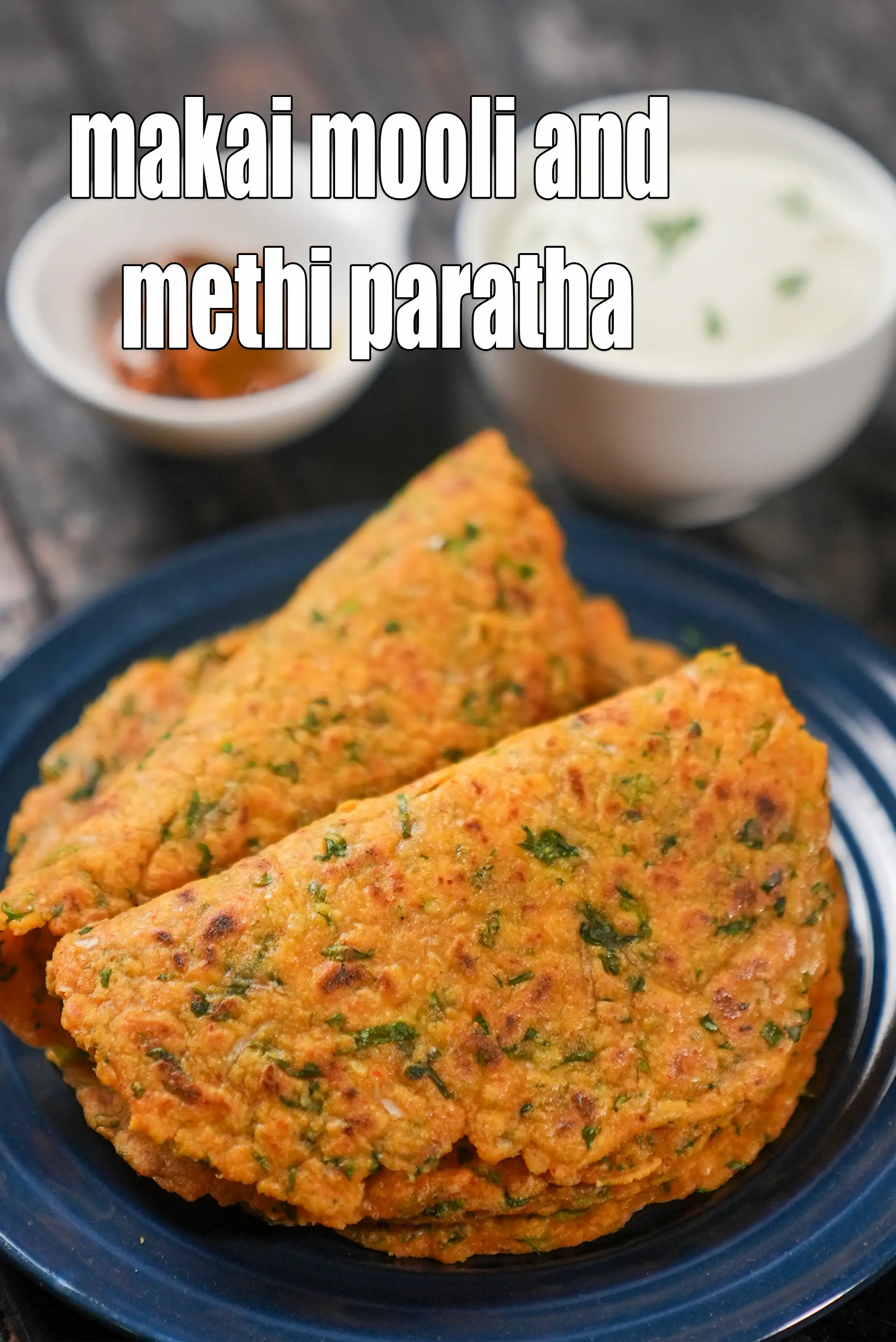
Click here to view Makai Mooli and Methi Paratha, Punjabi Breakfast
Calories in other related recipes
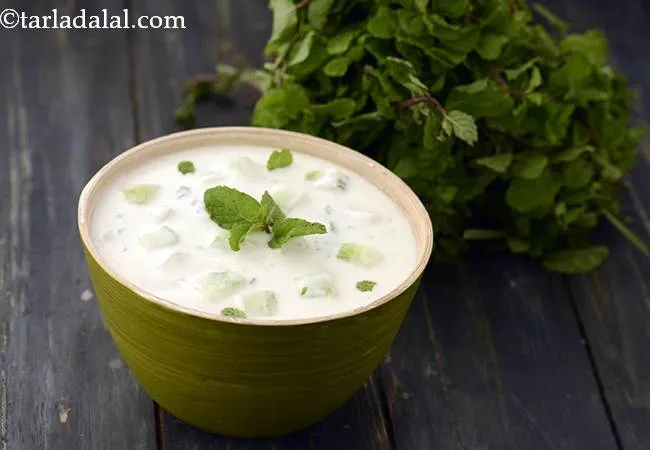
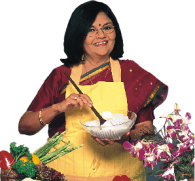
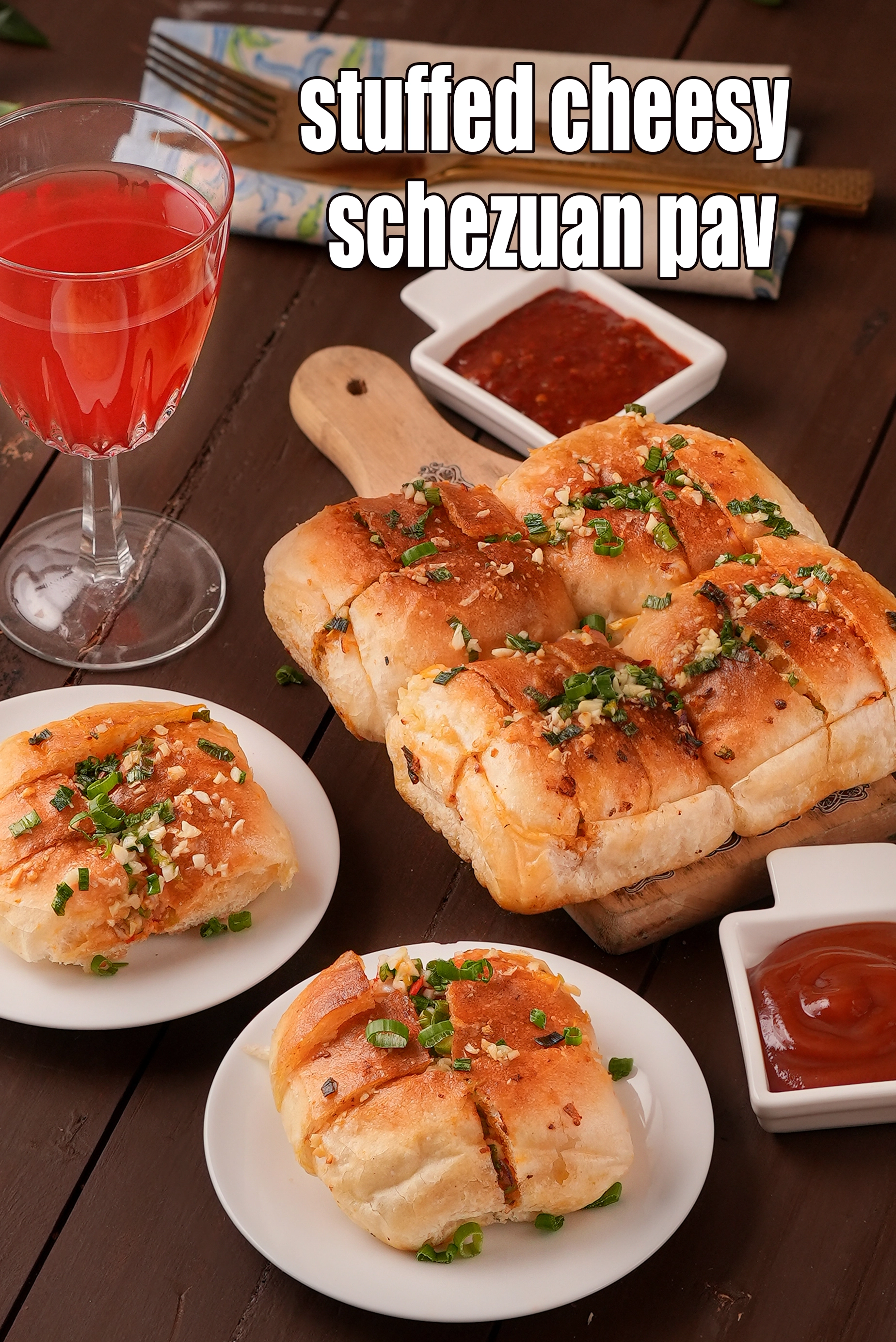
-10876.webp)
